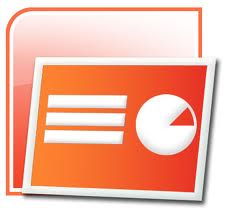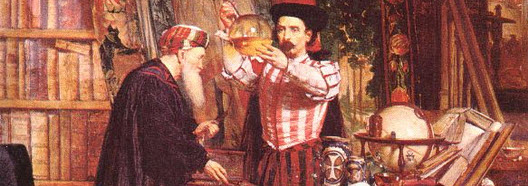Periodic Table Trends
This chapter revisits the periodic table, this time focusing more on some specific properties of the elements that change in a predictable way. Students will learn about electronegativity, electron affinity, atomic radius, and ionization energy.
Periodic Table History and Trends Lecture
 |
Purpose: This is a Powerpoint lecture that briefly covers the discovery of the periodic table by Demitri Mendeleev, defines the different groupings of the periodic table, then explains some of the important trends seen within the atoms.
Essential Concepts: Periodic table, period, family, group, alkali metals, alkaline earth metals, transition metals, metals, metallic character, malleable, ductile, conducrtive, alloy, metalloid, nonmetal, halogens, noble gases, periodic trends, electronegativity, electron affinity, ionization energy, shielding.
Periodic Table History and Trends Notes Outline
Purpose: This is a fill-in-the-blank style notes outline for students to complete as you complete the accompanying Powerpoint lecture. Each slide has a set of questions, fill-in-the-blanks, or tables that students fill in based on the information given. This is a good aid for students who struggle with taking notes freehand.
Essential Concepts: Periodic table, period, family, group, alkali metals, alkaline earth metals, transition metals, metals, metallic character, malleable, ductile, conducrtive, alloy, metalloid, nonmetal, halogens, noble gases, periodic trends, electronegativity, electron affinity, ionization energy, shielding.
Graphing Periodic Trends
Purpose: This is an activity meant to have students track and compare changes in electronegativity and atomic radius across a period and down a group.
Essential concepts: Periodic trends, group, period, electronegativity, atomic radius.
Periodic Table Trends Study Guide
Purpose: Once the instruction for the unit is completed, students can complete this study guide to aid in their preparation for a written test. The study guide is divided into two sections: vocabulary and short answer questions. The vocabulary words can be found scattered throughout the different instructional worksheets from this unit. The short answer questions are conceptual and meant to see if the students are able to apply what they've learned in the unit.
